HBO’s Game of Thrones took viewers across vast kingdoms, icy walls, and ancient cities—but most of the show’s scenes weren’t shot on studio sets. Instead, they used real-world locations across Europe and other parts of the world. From craggy coastlines to centuries-old castles, these filming spots feel just as cinematic in person as they did on-screen.
Here’s a list of 14 real-life destinations from Game of Thrones that fans can actually visit.
Dubrovnik, Croatia
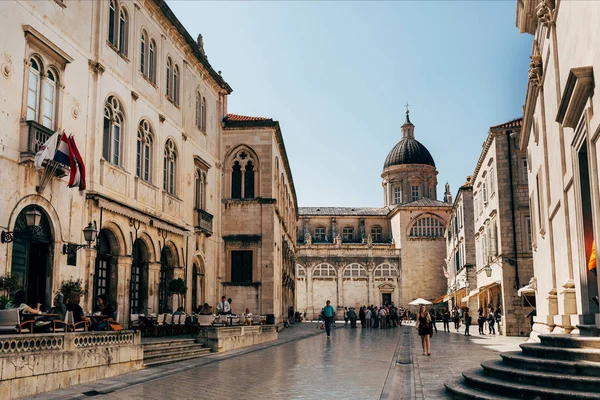
Dubrovnik played the role of King’s Landing, the capital of the Seven Kingdoms. Its medieval walls, narrow alleys, and sea-facing towers gave the show’s central city a striking authenticity. You can walk the same stone streets as Cersei during her infamous walk of atonement.
The Old Town hasn’t changed much in centuries, which is exactly why the crew chose it.
Ballintoy, Northern Ireland
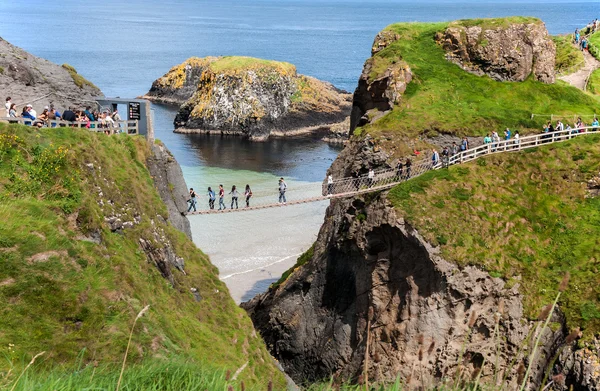
This small coastal town stood in for the Iron Islands—home to House Greyjoy. With its jagged cliffs and stormy waters, the area fits the brooding energy of the Ironborn. The tiny harbor, Ballintoy Harbour, is where Theon returns home in Season 2.
It’s rugged, wind-blown, and feels completely cut off from the world.
Like Travel Pug’s content? Follow us on MSN.
Alcázar of Seville, Spain
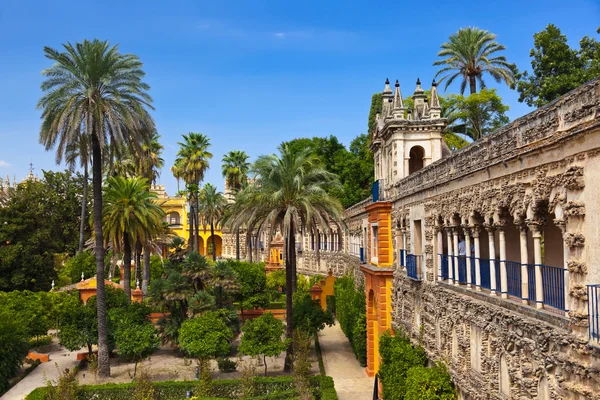
The palace scenes in Dorne were filmed at the Alcázar, a 14th-century royal residence still in use today. Its tilework, arches, and lush gardens created the backdrop for House Martell’s sun-soaked domain. The structure is so detailed, it almost looks like a film set—but it’s all real.
Guided tours often highlight the exact spots where scenes were shot.
Þingvellir National Park, Iceland
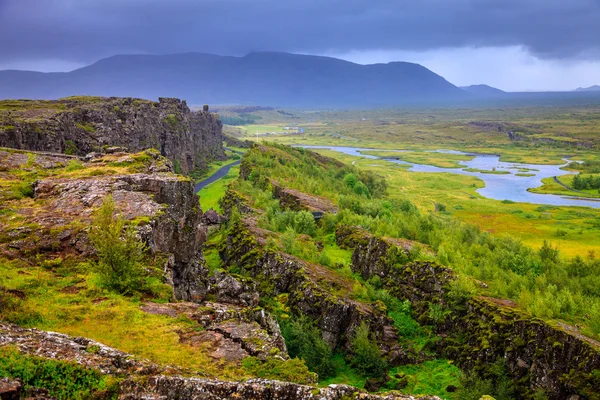
Several scenes of Beyond the Wall were filmed in this stunning Icelandic national park. The rift valley and jagged rock formations look otherworldly on their own—no CGI required.
It was used for White Walker scenes and as part of the landscape Beyond the Wall. Snow or not, the landscape feels completely untamed.
Castle Ward, Northern Ireland
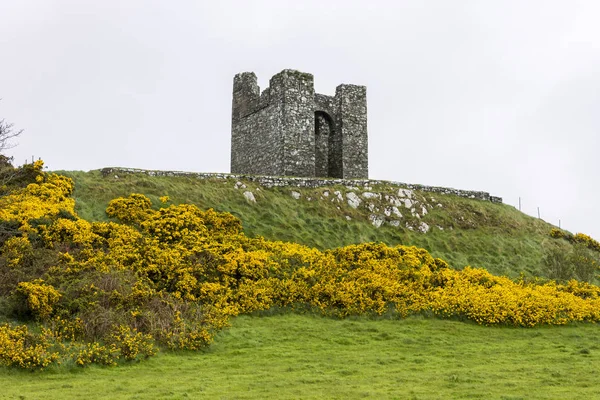
This 18th-century estate became Winterfell, the home of House Stark. With its towers, courtyard, and sprawling grounds, it provided just the right backdrop for one of the show’s most important locations.
Visitors can even take part in archery and medieval experiences at the site. The surrounding forest trails were used for scenes throughout the early seasons.
Like Travel Pug’s content? Follow us on MSN.
Mdina, Malta
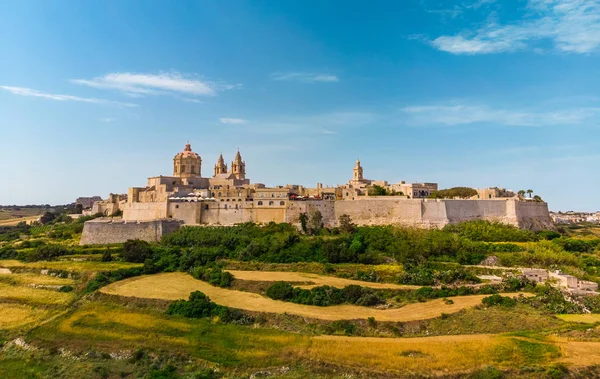
Malta was used for King’s Landing in the show’s very first season. Mdina’s sandstone streets and narrow alleys created a warm, regal tone before production moved to Dubrovnik. The city gate—where Catelyn Stark enters King’s Landing—is especially recognizable and hasn’t changed in centuries.
Though Malta was used briefly, the scenes remain iconic.
Dark Hedges, Northern Ireland
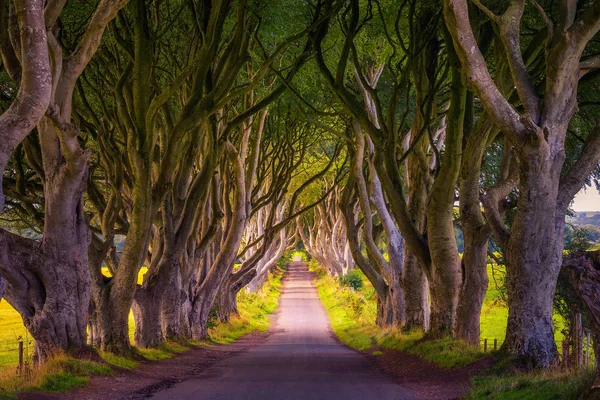
This haunting avenue of beech trees doubled as the Kingsroad, the main highway through Westeros. It’s where Arya disguises herself as a boy and begins her long journey north. The tunnel-like row of branches creates a dramatic, eerie frame—perfect for a fantasy world.
It’s a popular photo spot now, but still feels like a hidden path.
Aït Benhaddou, Morocco

This ancient desert town served as the slave city of Yunkai, where Daenerys begins her campaign of liberation. The earthen buildings rise like a mirage from the sand, giving the city a dreamlike quality. It’s a UNESCO World Heritage Site with a history far older than the show.
The location has also appeared in several other films—but none quite like Thrones.
Like Travel Pug’s content? Follow us on MSN.
Magheramorne Quarry, Northern Ireland

An abandoned limestone quarry was transformed into Castle Black and the Wall. The production team built large-scale sets on-site, blending real stone and timber with visual effects.
This is where Jon Snow takes his vows and fights off the wildlings. The quarry’s high cliffs made it ideal for creating that sense of looming isolation.
Gaztelugatxe, Spain
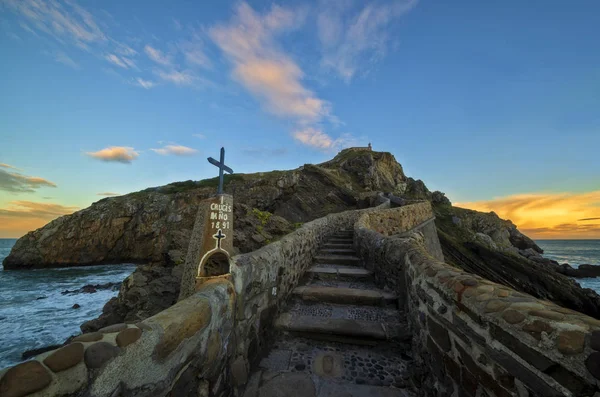
This rocky island with a winding staircase stood in for Dragonstone, the ancestral seat of House Targaryen. The footpath zigzags dramatically up the cliffside to a small chapel, mimicking Daenerys’ slow climb to reclaim her birthplace.
It’s located off Spain’s northern coast, not far from Bilbao. The views are just as breathtaking in person.
Tollymore Forest, Northern Ireland

This dense, mossy forest was used in several episodes, including the pilot. It’s where the Stark children find their direwolf pups and where White Walkers first appear. The ancient trees and stone bridges give it an almost magical stillness.
It’s not a large forest, but it’s packed with filming spots fans will recognize.
Like Travel Pug’s content? Follow us on MSN.
Þjórsárdalur Valley, Iceland
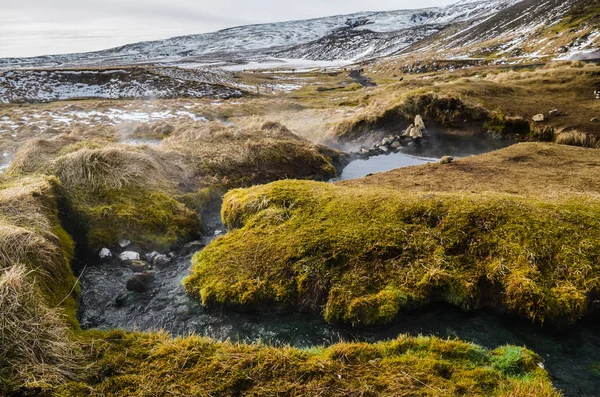
This valley hosted one of the show’s darkest scenes: the massacre at a wildling village in Season 4. The wide plains and distant mountains created a stark sense of exposure.
While beautiful, the valley’s open terrain also added to the scene’s emotional impact. Hikers now explore it as part of Iceland’s ring road.
Girona, Spain
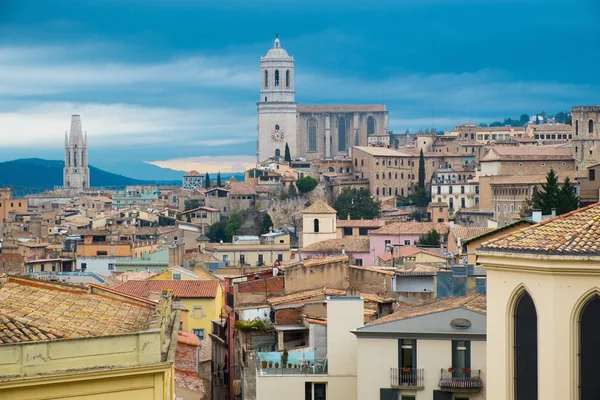
This Catalonian city became Braavos and part of King’s Landing in later seasons. The steps Arya tumbles down while blinded are in Girona’s Jewish Quarter. Its old-world charm and winding alleys made it a natural fit for the show.
Even without context, it feels cinematic.
Cushendun Caves, Northern Ireland
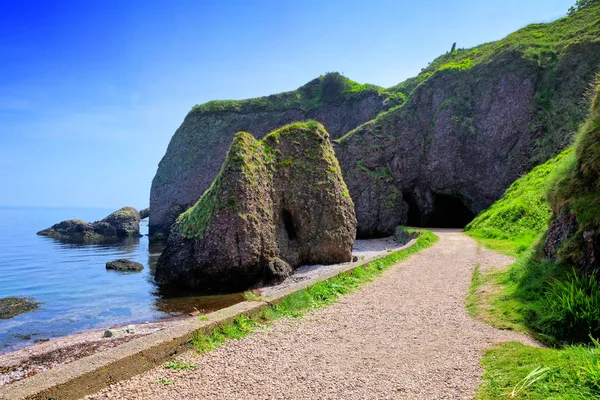
These sea caves were the eerie setting for Melisandre’s shadow-birth scene. Formed over 400 million years ago, the caves have a damp, echo-filled atmosphere that makes them unforgettable.
They sit right on the coast, tucked away below cliffs and grasslands. Despite their small size, they made a big impact on screen.
Like Travel Pug’s content? Follow us on MSN.
Where Fantasy Meets Real Earth

Game of Thrones didn’t just create a fantasy world—it borrowed from the most dramatic landscapes the real world has to offer. These locations weren’t just backdrops; they added texture, depth, and weight to every scene.
Seeing them in person connects you to the story in a way no rewatch ever could. And while Westeros may be fiction, its roots are very real—and waiting to be explored.
More from Travel Pug

- 20 Best Beach Towns in the Carolinas
- 13 Destinations Where Tourists Regularly Regret Their Trip
- 20 Things You Actually Get in First Class
- 20 Small Airports With Aviation Museums
- 20 Places in the U.S. That Are Perfect for a Reset Trip
Like Travel Pug’s content? Follow us on MSN.
